featuring Rennae Stubbs, Brian Vahaly, Caitlin Thompson, and Nick McCarvel
Given everything else going on in the world, it might be easy to forget that June is Pride Month, an annual celebration of lesbian, gay, bisexual, transgender, and queer individuals around the world.
To take a deeper look into the LGBTQ+ conversation in tennis, we asked a roundtable of household tennis names and prominent advocates to share their own coming out stories and offer their perspective on the current tennis landscape.
Rennae Stubbs
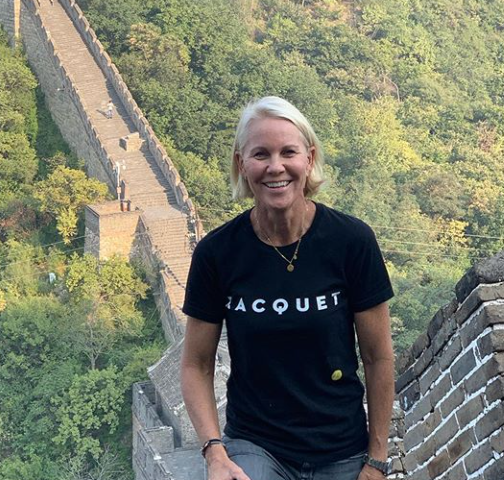
“I came out to myself when I was 25 and it was a scary but also wonderful time to finally discover who I was.”
- Former WTA doubles World No. 1, six-time grand slam champion, and four-time Olympian
- Current coach of 2011 US Open champion Sam Stosur
- TV personality and host of Racquet Magazine podcast
- Based in New York City
Brian Vahaly
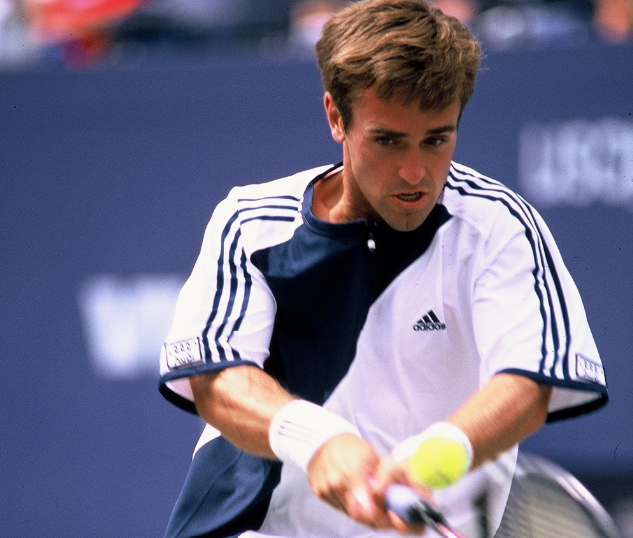
“I’m the type of person who wants to sit back and be thoughtful before saying something so it took me a while to come to terms with it.”
- Former ATP World No. 63 and first male player to publicly come out after retiring
- Claimed victories over former No. 1s in singles (Juan Carlos Ferrero) and doubles (The Bryan Brothers)
- Three-time NCAA All-American at University of Virginia
- Currently resides in Washington D.C. with his husband (Bill) and two sons (Bennett and Parker)
Caitlin Thompson
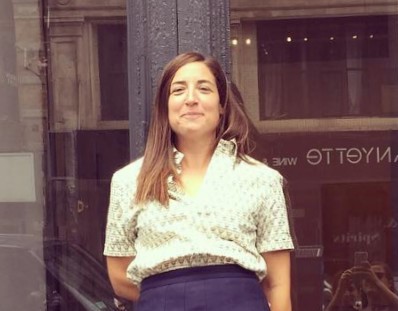
“My coming out experience was less of a ‘to do’ announcement but more of an ‘oh yeah’ I have a girlfriend.”
- Racquet Magazine co-founder and publisher
- Former Division I collegiate tennis standout at University of Missouri
- Currently resides in New York City with her wife (Clare) and son (Peter)
Nick McCarvel
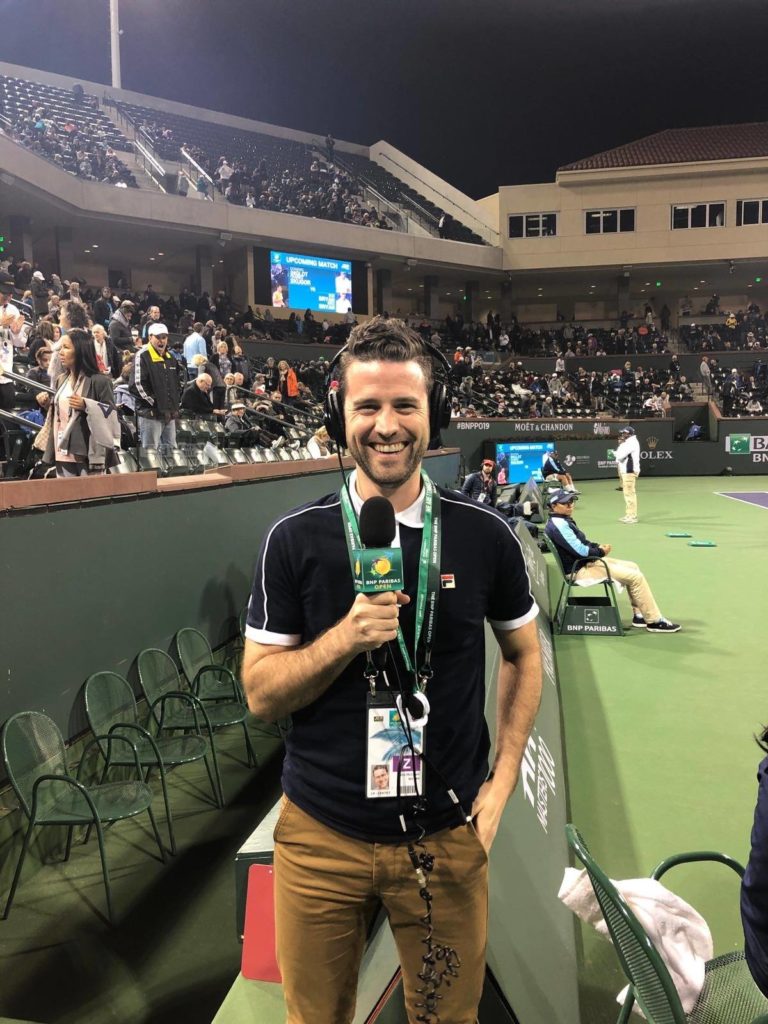
“Coming out was definitely a struggle at first for me. It took my parents a while to come to terms with exactly what being gay meant.”
- Sports journalist and commentator covering tennis, figure skating, and The Olympics
- Co-host of Tennis Tuesday alongside Blair Henley
- Leading advocate behind #LGBTennis
- Based in NYC but currently back home in Montana during COVID-19
My Tennis LGBTQ+ Story
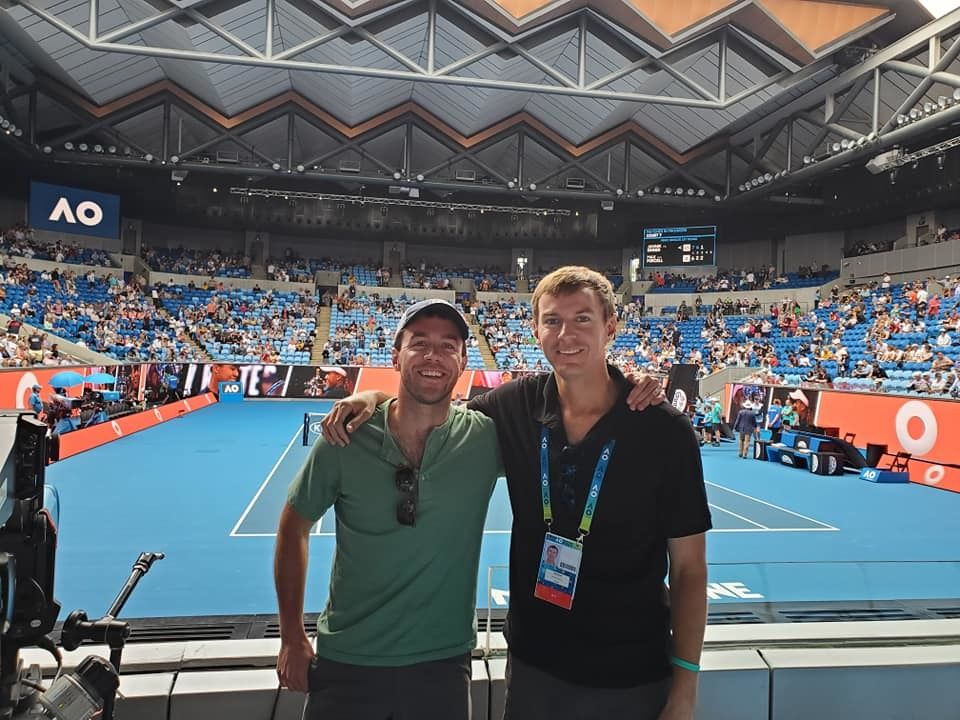
Before we dive into the roundtable, I wanted to briefly share my own LGBTQ+ tennis story. As a lifelong tennis fan and former Division III collegiate athlete who is now openly gay (but wasn’t while playing in college), this issue hits close to home.
Being on a team surrounded by mostly straight white guys in our early 20s, I wasn’t at a place in my life where I was comfortable coming out. Between the conversations that went on every day in practice and my own inner struggles, I always thought the potential risk of coming out far outweighed the reward.
I valued our team camaraderie and didn’t want to do anything that could jeopardize relationships with my teammates, some of whom I still consider my closest friends today.
Did I think my teammates would reject me? Not necessarily. But I knew things would be different and I worried I wouldn’t be accepted as “one of the guys.” I feared being seen as inadequate and not fully embraced as a teammate.
And that’s what it all came down to… fear. Maybe that’s why we have yet to see an active professional men’s player on the ATP tour publicly come out.
LGBTQ+ Tennis Roundtable
Tennis is fortunate to have outspoken advocates like Rennae, Brian, Caitlin, Nick, and many others that are helping move our sport forward in LGBTQ+ equality. As each of them explains in more detail below, we have made considerable progress… but we still have a long way to go.
Tell us about your personal experience coming out.
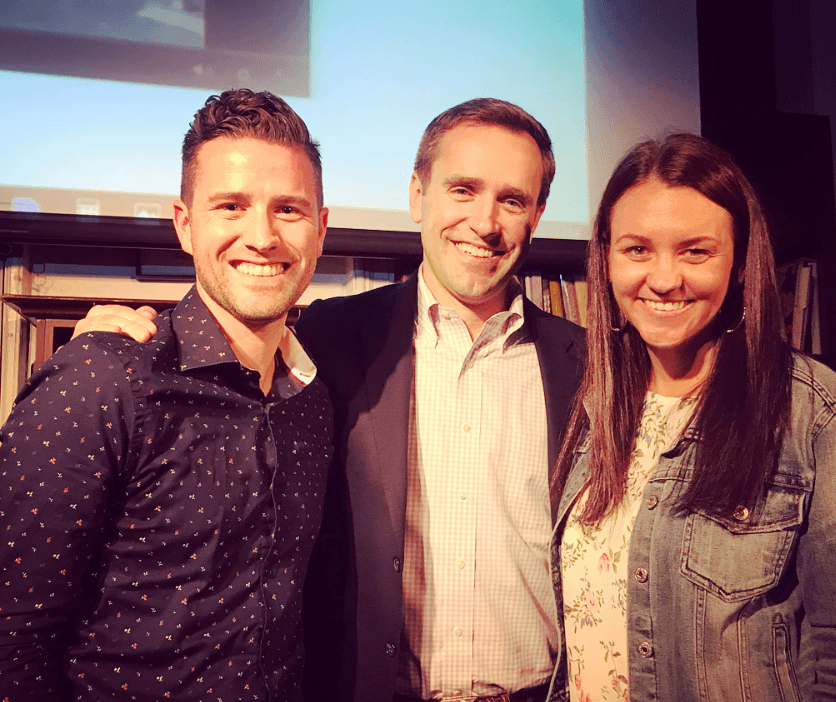
Rennae Stubbs: I came out to myself when I was 25 and it was a scary but also wonderful time to finally discover who I was. I felt a sense of relief that I could understand my past and why I felt the things I did growing up. I came out to my family and friends around 2000 but waited until 2006 to publicly come out in a newspaper interview.
Each time you tell someone it’s a little different because you have that feeling of, “will they still love me, look at me the same and treat me the same?” When I came out publicly, it was about never wanting to hide it in any aspect of my life going forward and live authentically in both my career and personal life.
Brian Vahaly: I’m the type of person who wants to sit back and be thoughtful before saying something so it took me a while to come to terms with it. I also didn’t have many gay friends at the time so I felt like I didn’t have many people to lean on who had been in similar shoes. I began coming out at around age 28 shortly after retiring from the professional tour, but it was a gradual process and took me a few years to tell my friends.
It wasn’t until I moved from Atlanta to D.C. where I felt like I finally began figuring myself out and my life was in a better place. I didn’t feel alone anymore. Since having kids, I realized I had to get loud about LGBTQ+ equality for the sake of their future, not just for myself.
“Each time you tell someone it’s a little different because you have that feeling of, ‘will they still love me, look at me the same and treat me the same’?”
Rennae Stubbs
Caitlin Thompson: I was fortunate to grow up in a progressive family with parents who were classical musicians and didn’t receive any pushback from friends or family. I dated both men and women in high school at first but remember feeling something different when I got to college and began dating another woman.
This was much more serious and spoke to me in a way that was different from my experience dating men. My coming out experience was less of a “to do” announcement about me coming out but more of an “oh yeah by the way” mention that I had a girlfriend.
Nick McCarvel: I was born and raised in Montana as one of six children with a Catholic family upbringing. I came out around age 17 or 18 and initially confided in close friends and family. It was definitely a struggle at first and took my parents a while to come to terms with exactly what being gay meant.
I’m fortunate to have loyal siblings who were there for me when I needed the support. Kudos to them for having my back and giving me the strength to get through it.
How would you describe the current LGBTQ landscape in our sport?
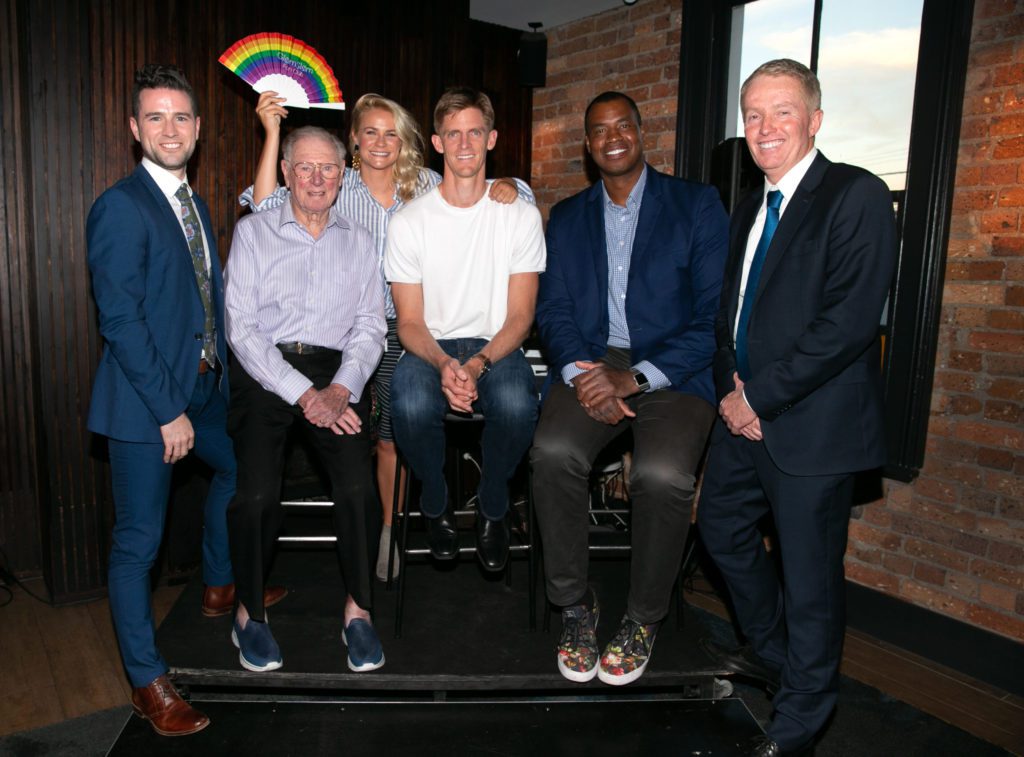
Rennae Stubbs: We’ve had female trailblazers in tennis throughout its history, from Billie Jean King to Martina Navratilova to Amelie Mauresmo, who were all high profile and well-respected players. Now we clearly need a courageous and groundbreaking man to do the same on the ATP when the time comes.
The grand slams are beginning to do a better job at supporting various Pride initiatives, but I’d love to see the ATP and WTA be more proactive behind public initiatives as well. There is still much more work to be done.
Brian Vahaly: We’re starting to see acceptance across the board with tennis’ governing bodies actively supporting LGBTQ+ events and initiatives while also having some of our sport’s biggest icons like Federer and Murray stating that they would welcome any players who decided to publicly come out. This sets the groundwork for people to feel safe and comfortable, and that has been the biggest shift.
Our next step is to help players feel comfortable being vocal and sharing that aspect of their personal lives if and when they decide it’s the right decision for them to make. Athletes are typically defined by their sport so it’s not always in their comfort zone to share details about their personal lives.
“What we’ve tried to do with #LGBTennis is continue driving the conversation forward. It’s been great seeing how supportive some of the major organizations in tennis have been in advancing this cause.”
Nick McCarvel
Caitlin Thompson: It’s kind of strange and it looks completely different on both tours. Tennis is also played by players from a lot of countries who have differing viewpoints in terms of equality and diversity in general.
Being an individual sport, tennis requires a different level of vulnerability for players to open up about their personal lives because they don’t have teammates to confide in, just other players who also happen to be their opponents.
Nick McCarvel: It’s a layered question. I’ll start by saying I’m not an athlete so I can’t relate to how it feels from the player’s perspective. In tennis, there is a dichotomy between the ATP and WTA on this issue. We’ve seen a lot of vocal female leaders who have used their voice to make positive change, but we haven’t had a male queer trailblazer who has done the same thing while actively playing on the men’s tour.
I’m an optimist, however, and prefer to focus on all of the positive strides we’ve made in tennis. What we’ve tried to do with #LGBTennis is continue driving the conversation forward. It’s been great seeing how supportive some of the major organizations in tennis have been in advancing this cause.
Why do you think we have seen more WTA players publicly come out than ATP players?
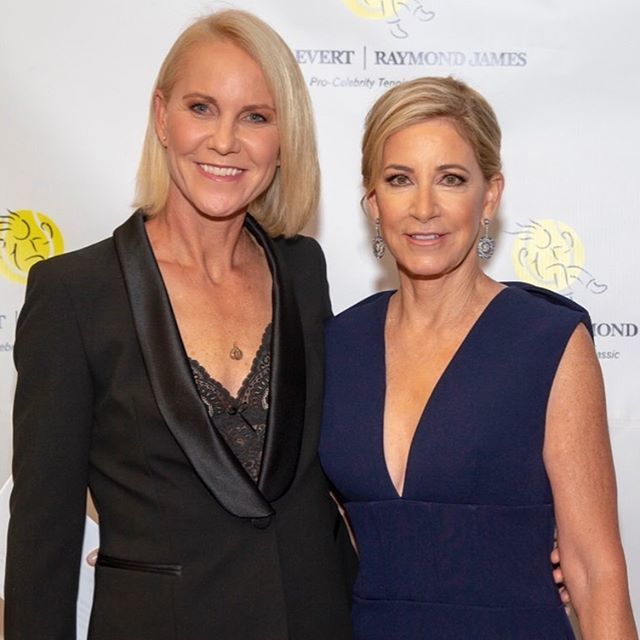
Rennae Stubbs: Because the stigma and image of being a male athlete who is also gay hasn’t been visible enough in the public eye. It’s that simple – we need a man to take the leap.
It won’t be easy when he does, but he’ll be a pioneer that will have countless little boys who will thank him one day just like women have done with Billie and Martina.
Brian Vahaly: If you look back, the WTA has a history with Billie Jean King and Martina Navratilova paving the way. LGBTQ+ leadership like that at such a high level opens doors for younger players to follow. We haven’t yet seen that on the men’s side.
Another possible explanation is that many gay males have traditionally shied away from sports at a young age because they felt like they didn’t belong. That might have an effect mentally on players who play on the professional level.
“It’s that simple – we need a man to take the leap. It won’t be easy when he does, but he’ll be a pioneer with countless little boys who will thank him one day.”
Rennae Stubbs
Caitlin Thompson: On the women’s side, we have more out players and there are fewer boundaries because the WTA has done a good job at promoting inclusivity. Billie Jean, Martina, Rennae, and others have made public statements in the past that have helped eliminate fear for younger players.
The ATP hasn’t had that same atmosphere and it’s very likely we have had several gay players who haven’t felt like they were in a safe space to come out. It also feels like a setback when you have homophobic comments from players like Sergy Stakovsky.
Nick McCarvel: Since I’m not a player, I can’t speak to the atmosphere in the locker room on a day-to-day basis. However, tennis is a very individual and cutthroat sport. Male players who are faced with sponsor pressure in an environment with a traditionally macho, heteronormative culture might not feel safe taking that leap.
Plus, you don’t have the support of teammates you can lean on like we’ve seen in other sports with LGBTQ+ athletes like Robbie Rogers, Jason Collins, and Adam Rippon who have publicly come out.
How does tennis compare to other sports in terms of LGBTQ+ efforts?
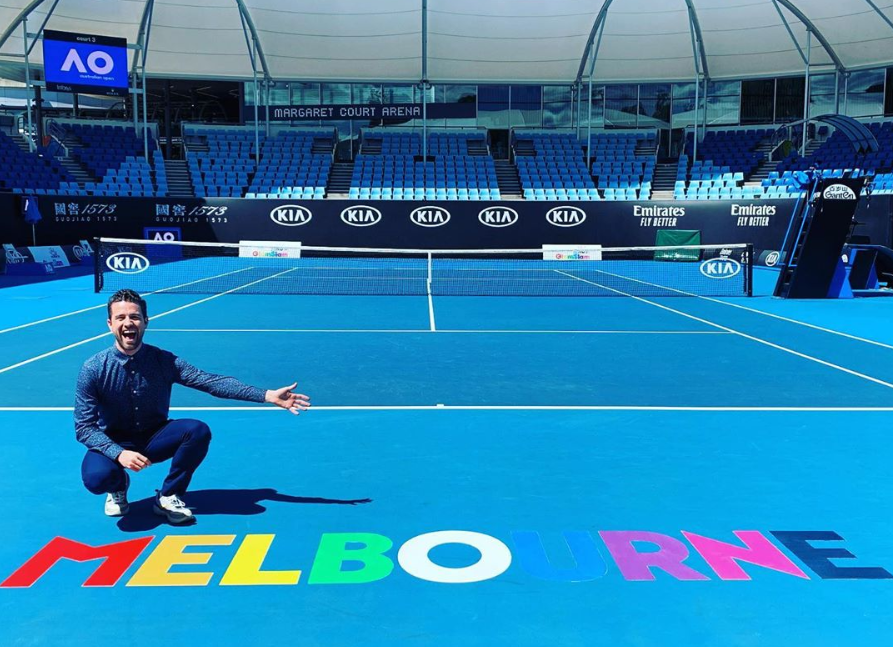
Rennae Stubbs: I would say about the same. There are some male sports in general that are more accepting but overall I believe it’s a balance. Men are seen in sports as macho and women are seen as tomboys.
This is a traditional stereotype that has been ingrained in all of us. Again, I think both tours can do more to include minority groups of all forms, not just the LGBTQ+ community.
Brian Vahaly: We have a long way to go in terms of creating a similar environment like the NBA or NCAA has done. Tennis is unique because it’s such a global sport with countries that have varying opinions and attitudes on the topic.
This involves a different level of risk for players competing in countries with more conservative values who likely aren’t as supportive as those in more progressive countries.
“From the organizational level, it’s great that we bust out the rainbow flags for Pride Month, but what else can tennis be doing?”
Nick McCarvel
Caitlin Thompson: From a business perspective, tennis brings a unique opportunity than other sports with up to 256 different players competing in one event (and that’s just singles). There are so many different players to root for and each one of them has their own story.
We need to take advantage of this and do a better job of promoting diversity among our fans to create more entry points to the game and help set tennis apart. What would tennis look like with a really strong and thriving gay or black fan base? Or other minorities? That’s what I want to see.
Nick McCarvel: Tennis has been a little gun shy in trying to figure out how to have a voice. We have a truly unique relationship with the LGBTQ+ community with Billie Jean and Martina and all they’ve been able to accomplish. Every sport is trying to find their place in this conversation and how to lead by example. We don’t yet have a role model to resonate and relate with like the NBA does with Jason Collins.
From the organizational level, it’s great that we bust out the rainbow flags for Pride Month, but what else can tennis be doing? Major props to Tennis Australia for taking this a step further beyond hosting Pride events with proactive efforts like funding LGBTQ+ player research and looking at innovative solutions to attract more LGBTQ+ involvement in tennis. They are truly walking the talk.
What one change would you like to see happen for tennis to become more LGBTQ-friendly?
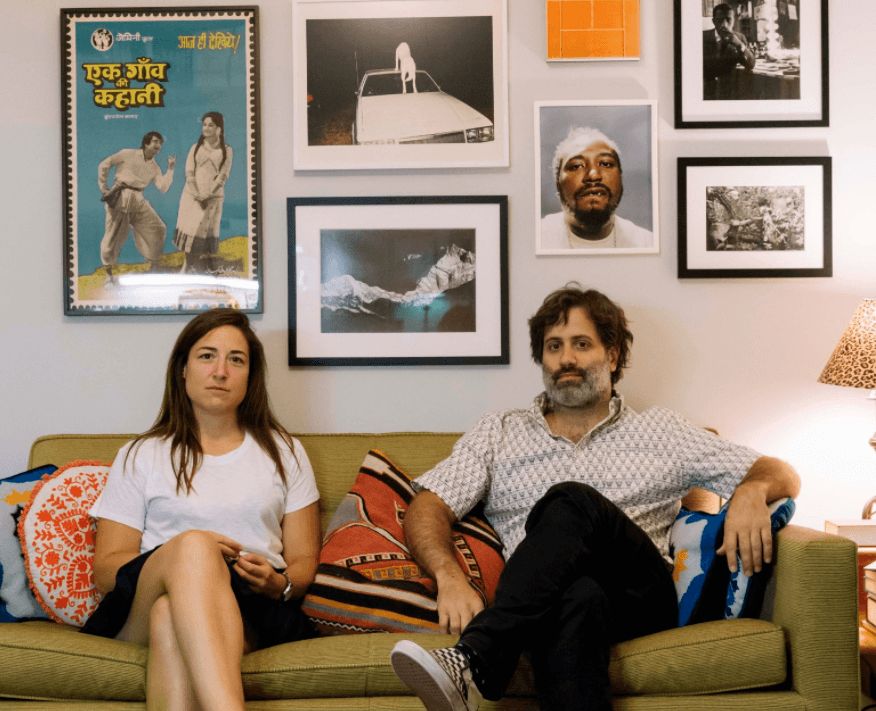
Rennae Stubbs: I think we should have a float on some of the biggest Gay Pride parades around the world. The WTA and ATP should support that; it would be amazing. The Australian Open hosted a Pride tournament this past year and it was a terrific start.
We have to have institutions in tennis that get behind initiatives like that and we will start changing the minds of many and make the LGBTQ+ community feel included.
Brian Vahaly: I like to focus on things I can control. I’m very proud of the US Open Pride events we have hosted thus far, but having served on the USTA board, I think there’s more we can be doing to live out our values as an organization in terms of diversity and inclusion throughout tennis.
While diversity is great, I’d like to see us making sure everyone actually feels included in our sport. Tennis is no longer the straight, white country club sport many people have always perceived it to be. It’s time we change that narrative for the future.
“What stories aren’t being told? What fanships can we attract? We need to change the way we represent tennis in media and marketing.”
Caitlin Thompson
Caitlin Thompson: I like to think of diversity from an audience perspective. What stories aren’t being told? What fanships can we attract? We need to change the way we represent tennis in media and marketing.
One thing I think could help very much is a real organic push to build inclusivity so when you turn on a TV you aren’t having a match commentated by two straight white men. If you can see it, you can be it – and that’s true for anyone in the sport. When you have different people commentating in the booth, that also brings fresh ideas and narratives.
Nick McCarvel: I would like to see both tours come together and create some type of diversity training because player education is huge. The ATP does a great job implementing its life skills training but it’d be great to see them incorporate topics focused exclusively on diversity and inclusion in the future.
Efforts during Pride Month are impactful, but we want to see this carried on throughout the year. We should be proud of our queer community and more willing to come together to figure out how we can be stronger leaders in this space.
Finally, What piece of advice would you give to LGBTQ+ individuals who haven’t come out yet?
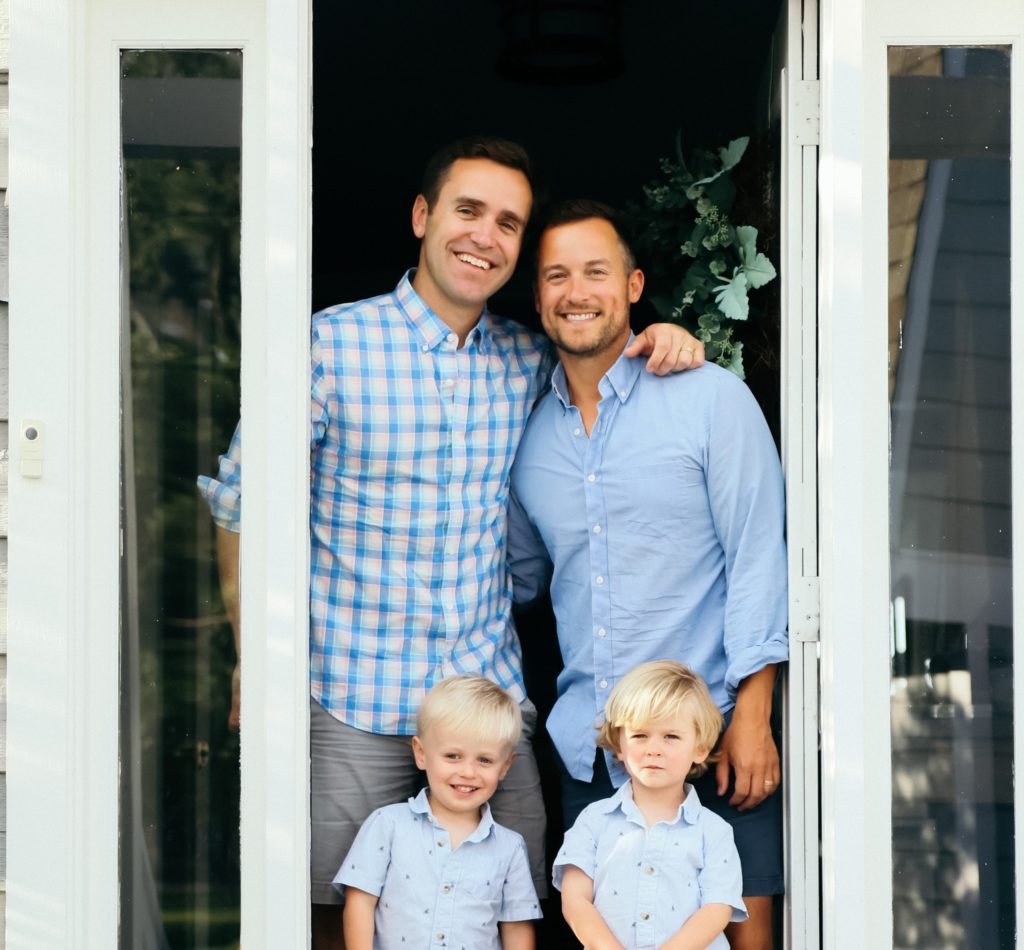
Rennae Stubbs: It’s all going to be okay. It might be scary for a bit but in the end, you will be so much happier living an authentic life.
Brian Vahaly: Coming out is such a personal process, so the most important thing to remember is be patient. It’s going to look completely different for each person. Engage with people who you trust and respect to get their insight and feedback.
You can love tennis and feel accepted and included at the highest levels of the sport no matter if you’re straight or gay. When you are living your most authentic self, you are more apt to enjoy a happy life.
“You can love tennis and feel and accepted and included at the highest level of the sport no matter if you’re straight or gay. When you are living your most authentic self, you are more apt to enjoy a happy life.”
Brian Vahaly
Caitlin Thompson: At the end of the day, you are responsible for living your own life and have to look yourself in the mirror. The ease and comfort you will find with yourself by coming out is worth any discomfort or difficulty that you might encounter. We all have our lives to live and it’s a shame to think of not doing it on our own terms.
Nick McCarvel: We all have to be true to ourselves, and sometimes that’s easier said than done. Find your allies and the people who encourage you, inspire you, and will be on your team no matter what. You deserve to be fully you and live a happy and authentic life.
For questions, comments, or story ideas, connect with Hanlon at hpwalsh@gmail.com or find him on Twitter at @HanlonWalsh.
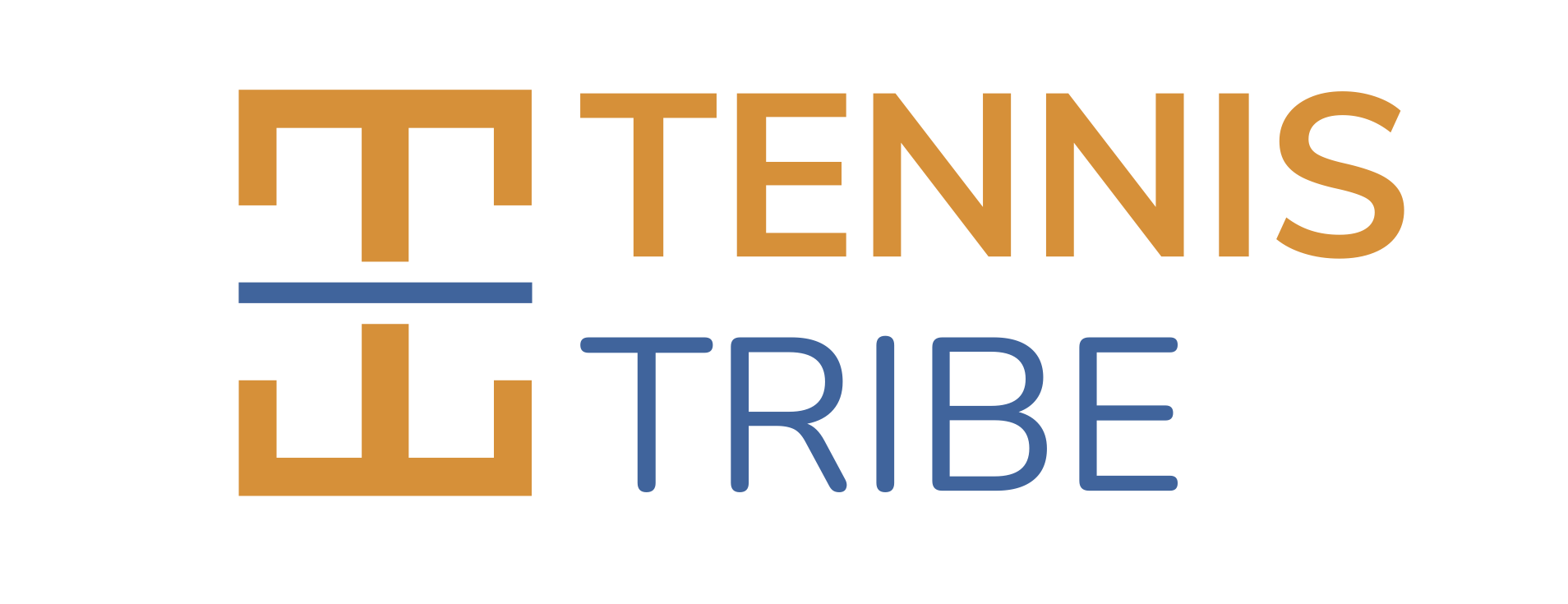
Leave a Reply